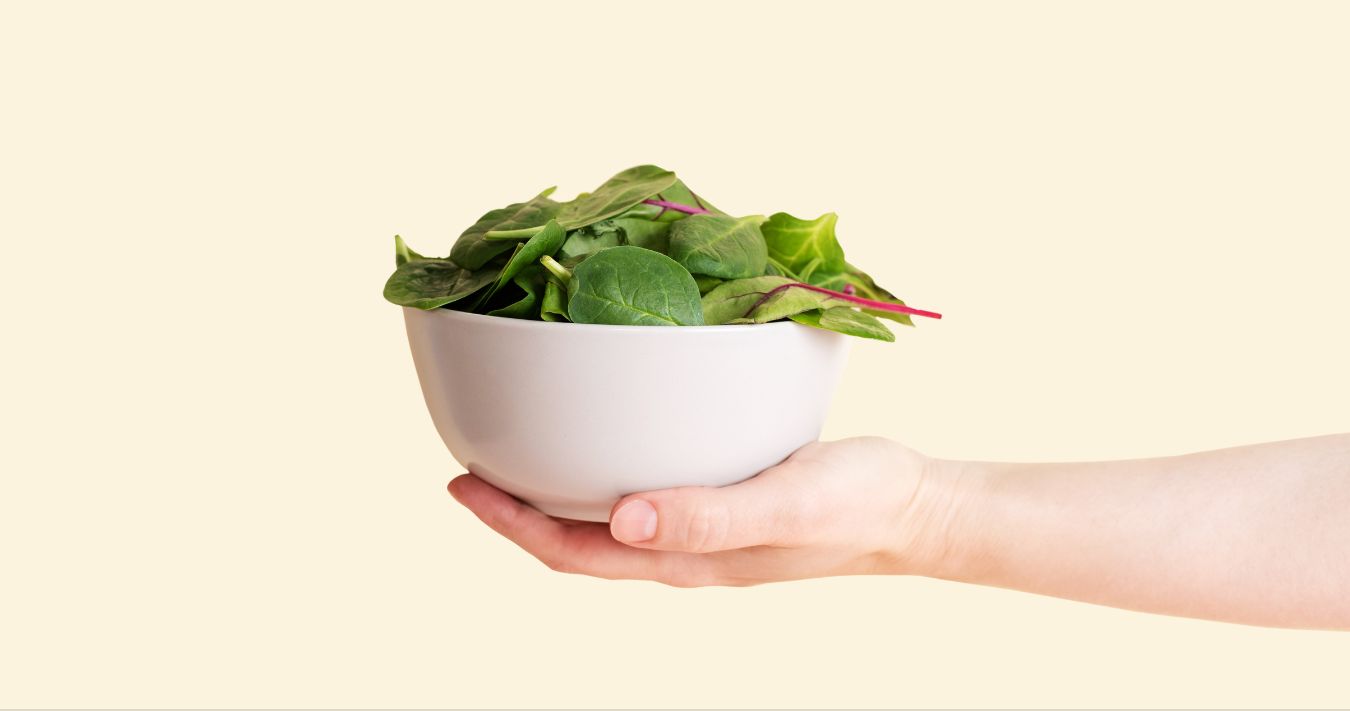Best Diet for Blood Clot Prevention
Maintaining the best diet for blood clot prevention and overall wellness is important. Your diet is closely related to how well your body feels and how efficiently it is able to work.
1. Low-sodium Foods
According to the U.S. Department of Health and Human Services, reducing your sodium intake has great benefits for your heart. That’s because eating less salt might lower your blood pressure and help keep your heart healthy.
Your heart is responsible for pumping blood to your body, so you want it to be as healthy as possible throughout your life. However, knowing which foods are high in sodium can be challenging.
Generally, processed and pre-packaged foods you’d buy from the grocery store are high in sodium. If you want to reduce your sodium intake, try cooking your own meals at home instead of purchasing pre-made meals the next time you go shopping.
While this change might not help reduce your chances of forming blood clots, having a healthier diet is good for your overall health.
2. Foods Low in Saturated Fat
Some of the best healthy foods you can eat are low in fat. In particular, the American Heart Association cautions against eating too many foods that are high in saturated fats. Examples of common foods that have saturated fat include red meat, some dairy products and coconut.
Eating foods that contain high levels of saturated fat can potentially raise your cholesterol, while also increasing your risk of heart disease. If you are concerned about your heart health, maintaining a balanced diet is key.
Consider opting red meats for skinless chicken, tofu or fish. You may also want to start making your salad dressing and mayonnaise at home. These premade items often contain more saturated fat than you would find in a similar dish you made yourself, so swapping them for homemade versions might be better for you.
3. Leafy Vegetables
Whether you are looking for a diet for blood clot prevention or you simply want to eat a more well-rounded diet overall, adding more leafy vegetables to your meal plan is probably a good idea.
The American Heart Association recommends individuals consume five servings of vegetables per day, and it is likely that most people are not eating as many of these healthy foods as they should.
According to Healthline, eating a variety of leafy green vegetables may lower your risk of certain diseases. Popular vegetables you could consider adding to your diet include:
- Kale.
- Spinach.
- Arugula.
- Cabbage.
- Collard greens.
4. Fruits
The American Heart Association suggests an average adult should eat four servings of fruit per day. This can come in the form of 100% fruit juices or pieces of fruit. However, if you choose the juice option, you’ll want to make sure the drink is not full of extra sugar — which could impact your overall health.
Eating fruit is good for your body, and these foods provide many vitamins you need to live a balanced life. Whether you shop at a grocery store or your local farmer’s market, you should be able to find a fruit that you enjoy.
Popular fruits you might want to incorporate into your blood clot diet or eating plan include:
- Apples.
- Grapes.
- Cherries.
- Oranges.
- Bananas.
- Grapefruit.
5. Water
While technically not a food, it is important that you drink enough water each day to ensure your body can operate correctly and effectively.
According to the Mayo Clinic, women should aim to drink 11.5 cups of fluids per day. Likewise, men should drink 15.5 cups of fluids per day. Staying hydrated can help your heart work more effectively with how it pumps blood, which is critical for your overall health.
Whether you are concerned about the best diet for blood clot prevention or are simply concerned about your wellness overall, here are some easy ways to increase your water consumption:
- Start drinking water as soon as you wake up in the morning.
- Drink several cups of water throughout the day.
- Have a glass or two of water each time you eat.
- Drink water before and after exercising.
- Replace other drinks with water.
Stay Clot-Free
If you consistently follow a healthy diet, you are more likely to experience positive benefits that can help your organs function properly.
Your heart is responsible for pumping blood to your body, and having a blood clot can seriously impact your health. If you are interested in learning about the best diet for blood clot prevention, be aware there are many factors that can influence whether someone has blood clots.
However, eating foods that are rich in vitamins might improve your overall health and keep your blood and heart healthy.
The following information is intended for informational purposes only. Everyone’s body is different, and I am not a medical professional. The content in this article is not a substitute for medical advice, and you should seek advice from a healthcare professional before changing your diet.
Article Resources
- Water: How Much Should You Drink Every Day? | Mayo Clinic
- The Importance of Water | The Heart Foundation
- Fruits and Vegetables Serving Sizes Infographic | American Heart Association
- The 13 Healthiest Leafy Green Vegetables | Healthline
- How to Eat Less Saturated Fat | NHS
- Saturated Fat | American Heart Association
- Eat Less Sodium: Quick Tips | Office of Disease Prevention and Health Promotion

